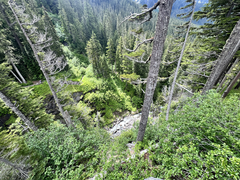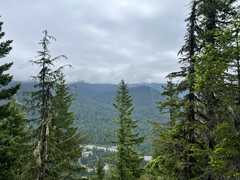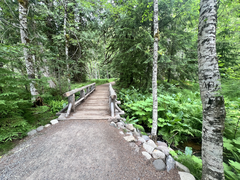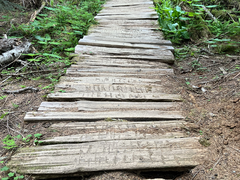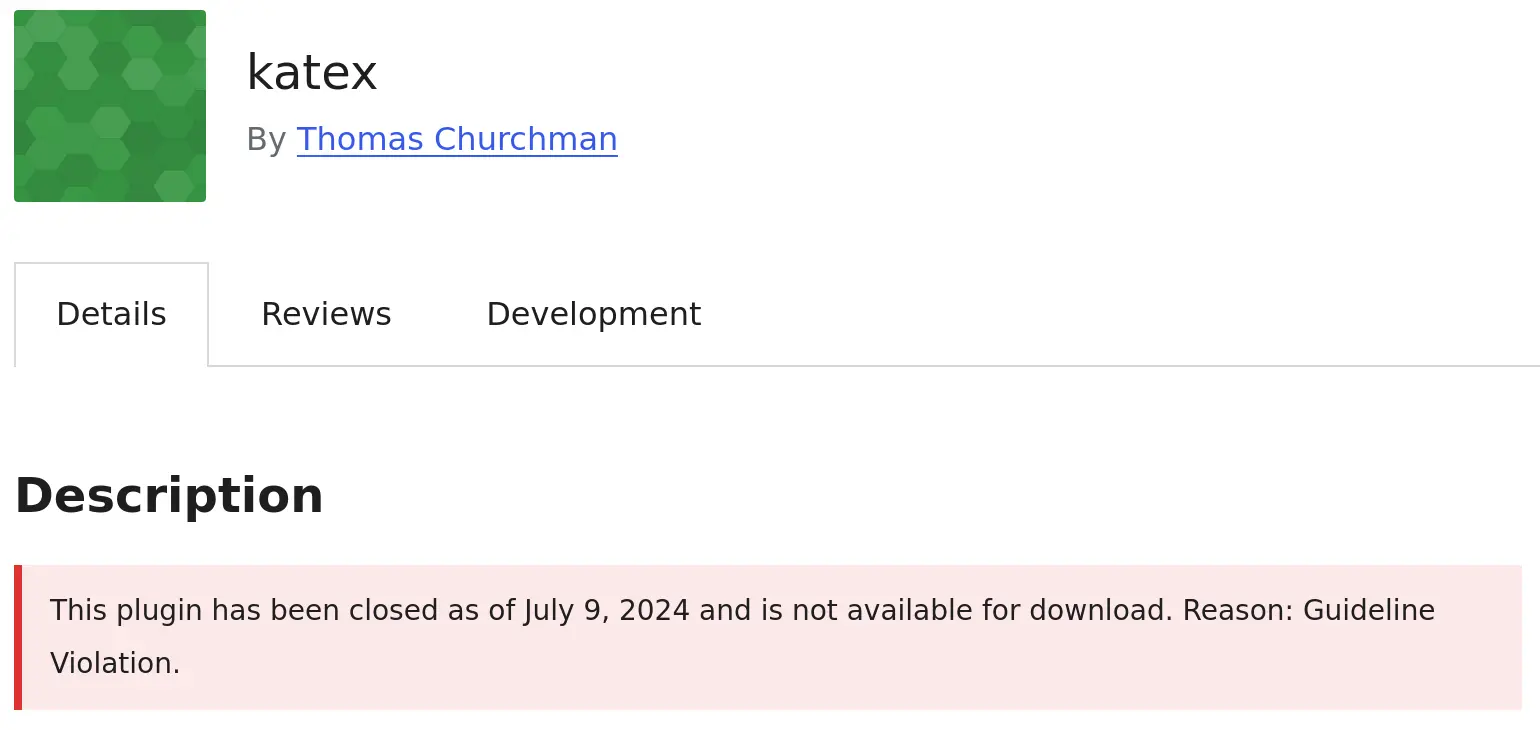As we get older and gain more experience, the one thing we get better at, I think, is learning not to react to the world around us as readily. Recently, I was reminded of the idea that this is a mindset that we choose to adopt — we are either responsive or reactive to situations. Responsive is good; reactive is bad. Responsive means that we’ve taken a moment to digest external input and formulate a line of action. Reactive, on the other hand, implies a lack of intentionality on our part.
But I like to think of it thus:
To think before you (re)act is wisdom; to refrain from action altogether is Zen.
The root of the idea is this: nothing is ever as bad as it seems, and nothing is ever as good as it seems. In fact, facets of the same situation may simultaneously be better and worse than expected. Not only is the future unpredictable, it is also a continuous flow of moments, not a discrete set of milestones that we win or lose. All of this is summarized pithily in the Persian adage, “…and this, too, shall pass”.
But I’m not suggesting that we give up on our wants. Rather, I have found it to be true (more often than not) that taking no action is the quickest and most effective path to getting what you want, and all your actions or reactions, though well-intentioned, only tend to get in the way. Have you ever had the experience of working hard every single day, never taking a break because you’re worried that everything will fall apart if you do, and then one day you finally take a vacation for three weeks, and disconcertingly what happens is…nothing at all — everyone carries on just fine? In a similar vein, things that seem like huge problems often melt away; the real problems are the ones that come out of left field.
To avoid taking action requires a great deal of patience, and to be patient, one needs boundless optimism that all the right things will magically happen, that the universe will conspire to help you, and that everything will fall into place.
Be unreasonably optimistic.


 Source:
Source: 